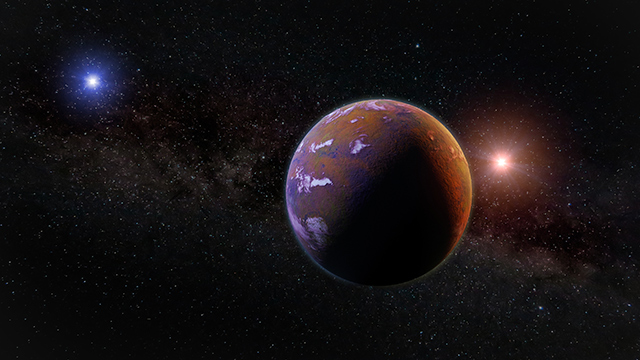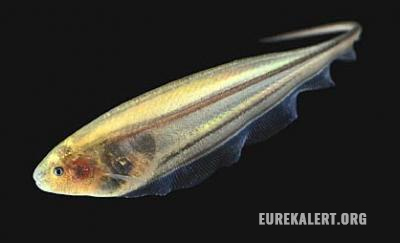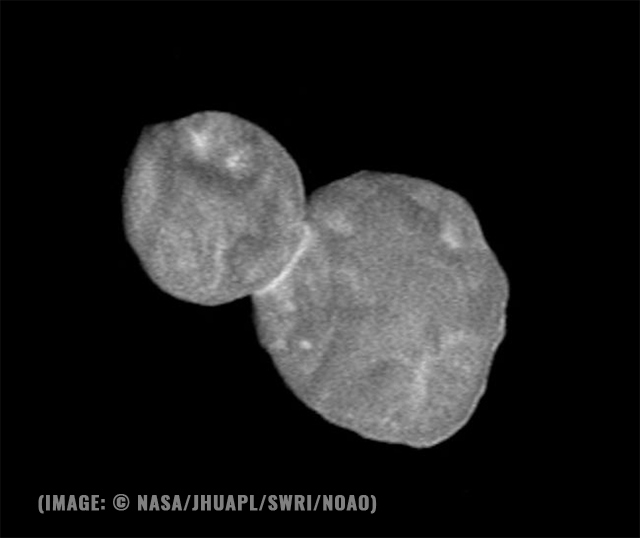New exoplanet roughly twice the size of Earth discovered within the “habitable zone”
03/20/2019 / By Edsel Cook

The wealth of data from the deactivated Kepler space telescope continues to guide researchers to potential exoplanets. Just recently, civilian volunteers came across an important clue that led to the confirmation of yet another new planet.
Called K2-288Bb, the planet was found within the “habitable zone” of a dim star in the Taurus constellation. Experts remain divided as to whether it is a rocky planet like Earth or a gas giant like Neptune.
“It’s a very exciting discovery due to how it was found,” said University of Chicago researcher Adina Feinstein. The lead author of the research paper that announced the existence of K2-288Bb, she mentioned that the newly discovered world is likely to share the same equilibrium temperature as Earth’s.
The exoplanet was a member of the K2-288 star system, a pair of cool stars located 226 light-years from the solar system. It orbited the smaller star, which is only a third as dense as the Sun, and took a little more than 31 days to complete one revolution around its parent celestial body.
K2-288Bb itself massed 1.9 times as much as Earth. This is considered to be a rare size for a planet in the universe. (Related: Nearby exoplanet could potentially support life.)
Initial study didn’t have all the data it needed
Chicago researchers and their NASA counterparts began their search for new exoplanets in 2017. They looked over Kepler data for signs of planetary transits, regular occasions when the light of a star grew fainter whenever a planet passed between it and observers.
A minimum of three transits are required for any claim of finding a candidate exoplanet. So when the research team found only two potential planetary transits in the K2-288 system, they decided the evidence was insufficient to base a claim on.
However, it turned out that they did not have access to all of the relevant data from the Kepler space telescope. Every three months, the space observatory changed its position in order to observe a new part of the sky. Each adjustment took several days, during which time Kepler continued to collect data.
The information gathered during these adjustment periods are normally not provided to researchers. But the uncut version of the data was sent to the Exoplanet Explorers project, where volunteers could hunt for planetary transits on their own free time.
Citizen researchers found vital evidence that confirmed the existence of the new exoplanet
In May 2017, citizen researchers found evidence of a planetary transit in K2-288B that took place during the adjustment period. The Chicago researchers heard of the discovery and realized that it counted as the third transit required for claiming the existence of an exoplanet in the aforementioned star system.
“That’s how we missed it and it took the keen eyes of citizen scientists to make this extremely valuable find and point us to it,” said Feinstein. Her team followed up on the new planetary transit data through the use of several other space telescopes and observatories.
K2-288Bb might be twice the size of Earth, but it is only half the size of Neptune. This made the new exoplanet one of the few members of the “radius gap” category of worlds.
There are very few planets found close to their parent stars that are around 1.5 to two times the mass of Earth. Researchers believed that this radius gap is caused by intense radiation from the star burning away the atmospheres of planets.
Because the parent star of K2-288Bb is a dim one, its habitable zone is quite close to the star. The new exoplanet is in that area, close enough that stellar radiation could affect its atmosphere.
Sources include:
Tagged Under: alien planets, astronomy, breakthrough, discoveries, Earth, exoplanet, K2-288Bb, Kepler space telescope, outer space, research, science, Space, space exploration, Stars



















